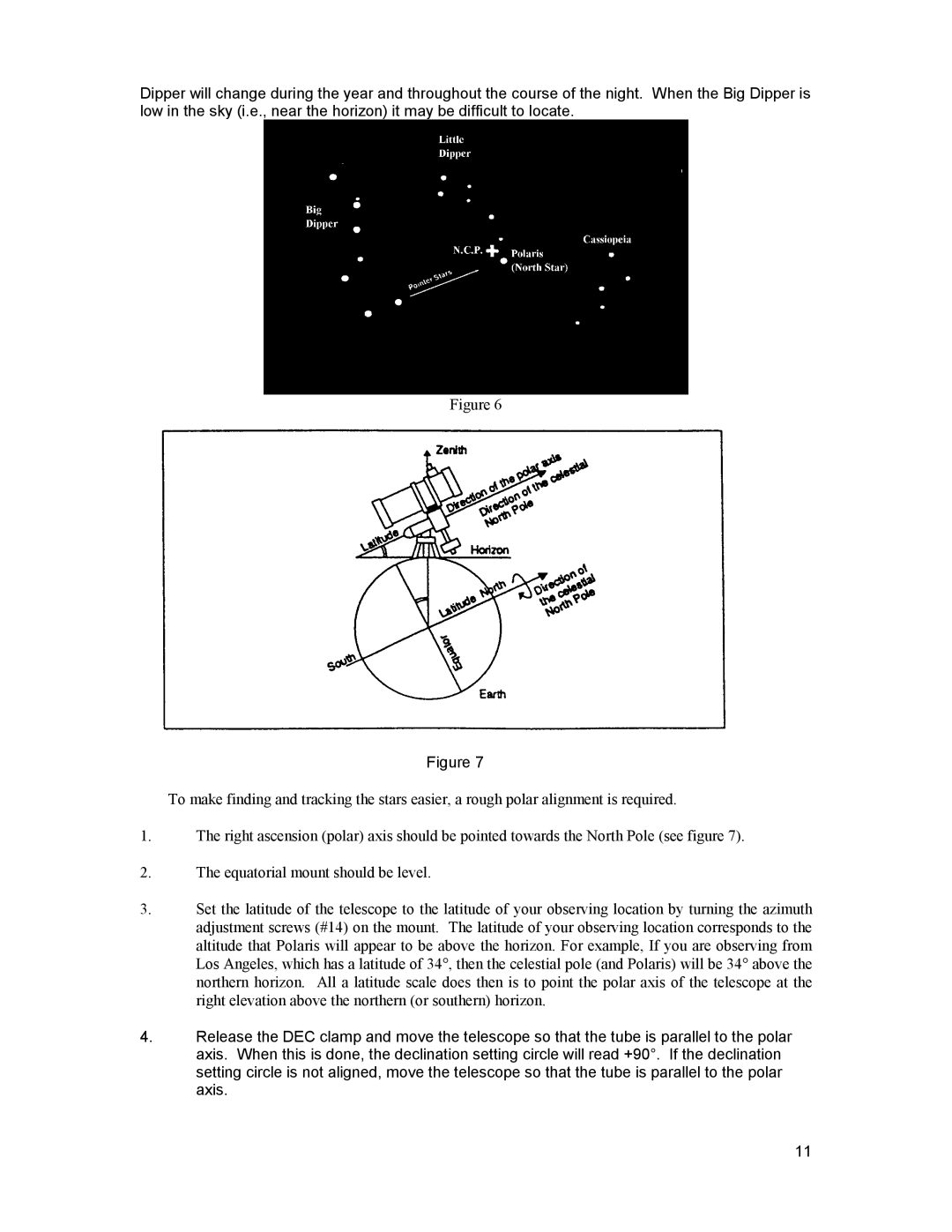21077, 1510, 21016, 31027 specifications
Celestron is a renowned brand in the world of astronomy, known for producing high-quality telescopes and accessories that cater to both beginners and seasoned enthusiasts. Among their popular products, the Celestron 31027, 21016, 1510, and 21077 telescopes stand out due to their distinctive features, innovative technologies, and user-friendly designs.The Celestron 31027, also known as the Astromaster 70AZ telescope, is an excellent choice for novices. It features a 70mm aperture, which provides striking clarity of celestial objects. With a lightweight and portable design, this telescope is easy to transport and set up. The smooth Alt-Az mount allows for effortless tracking of objects, and the included finderscope enhances navigation through the night sky. Additionally, the Astromaster 70AZ comes with two eyepieces, offering different magnification options for both planetary and deep-sky observations.
Celestron's 21016 model, the Astromaster 90AZ telescope, takes the features of the 31027 to a higher level with a 90mm aperture. This larger gathering of light significantly enhances the viewing experience, providing detailed images of planets, the Moon, and star clusters. Similar to the 31027, it also includes a sturdy Alt-Az mount and high-quality optics, making it user-friendly for beginners and experienced users alike.
The Celestron 1510 telescope, part of the FirstScope series, is uniquely designed with a compact and portable form factor ideal for impromptu stargazing. This telescope features a 76mm aperture and a simple design optimized for ease of use. The FirstScope's ease of assembly and lightweight construction allows observers to quickly set up the telescope and enjoy a night under the stars. Remarkably, the 1510 model incorporates a stable base, making it perfect for both stationary use and quick setups in the field.
The Celestron 21077 is the NexStar 5SE telescope, which offers an advanced experience with its computerized mount and a 125mm aperture. This telescope is equipped with Celestron's SkyAlign technology, allowing users to quickly align the telescope with the night sky using three simple star alignments. The NexStar 5SE comes with a database of thousands of celestial objects, enabling users to locate planets, star clusters, and galaxies with ease. Additionally, its compact design ensures portability while still providing excellent light-gathering capabilities.
In summary, Celestron's 31027, 21016, 1510, and 21077 telescopes each present unique advantages that cater to different levels of experience and usage preferences. From beginner-friendly models that prioritize ease of use, to more advanced options with computerized features, Celestron effectively bridges the gap between novice and experienced stargazers. Each telescope is meticulously designed, making stunning astronomical views accessible to everyone.

